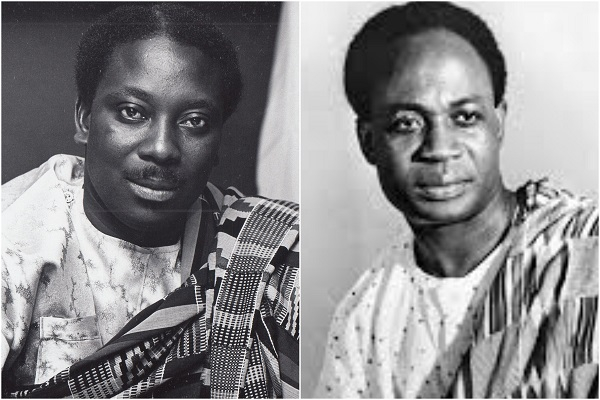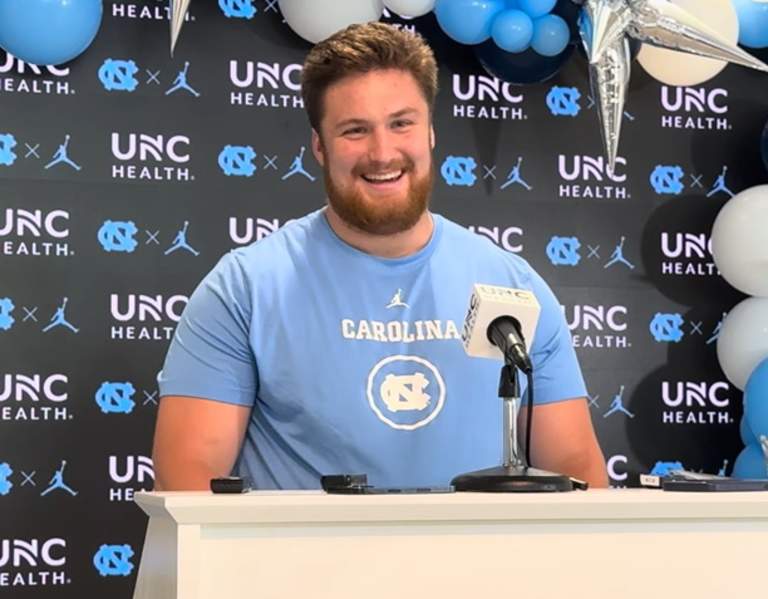Teaching Long E Vowel Teams with Videos and Songs
Are your students or children struggling with those tricky long E vowel teams?
Teaching kids to read and spell words with “ee,” “ea,” and other long e vowel teams can be challenging.
But it doesn’t have to be boring!
Our blog offers fun and effective ways to help children master these important spelling patterns.
From catchy songs to engaging videos, these resources will improve your phonics lessons.
Students will move from confusion to confidence as they become experts at spotting and using long e vowel teams in their reading and writing.
Vowel teams are groups of two or more vowels that work together to make a single vowel sound in a word.
These letter combinations follow specific patterns that help us read and spell.
The long E sound (like the sound in “me”) can be made by several different vowel teams.
The most common long E vowel teams are ee as in “tree,” ea as in “teach,” ey as in “key,” and ie as in “field.”
Another way to make the long E sound is with a single e in an open syllable.
This happens when the e is at the end of a syllable, like in “be” or “re-cess.”
Learning these patterns helps readers recognize and pronounce words correctly.

Long E vowel teams can be spelled in a variety of ways.
Teaching these patterns helps students recognize that different letter combinations can produce the same sound.
Below are common long E vowel teams along with example words for each.
1. EE Vowel Team
This team often appears in the middle of words and consistently produces the long E sound.
see, tree, feet, green, sleep, cheese
2. EA Vowel Team
Another common team, “ea” also makes the long E sound in many words, though it can sometimes vary.
: eat, read, beach, seat, leaf, treat
3. EY Vowel Team
Typically found at the end of words, “ey” spells the long E sound, especially in nouns.
key, money, donkey, valley, chimney
4. IE Vowel Team
The “ie” team often produces the long E sound, especially in shorter or one-syllable words.
chief, field, piece, niece, belief
5. Open Syllable E
When a word ends in a vowel “e” in an open syllable (meaning the vowel is not followed by a consonant), it usually says its name.
: me, he, she, we, be
These vowel teams may look different, but they all make the same long E sound.
Helping students see the patterns makes reading and spelling much easier.

Songs and videos are powerful tools for teaching the long E sound to students.
They create a fun learning environment that engages multiple senses at once.
When children hear the long E sound in a catchy tune, their brains form stronger memory connections.
The visual elements in videos help them see how the vowel teams look in words.
This approach works especially well for students who learn better by seeing or hearing.
Younger learners respond particularly well to musical activities.
They often remember song lyrics more easily than traditional lessons.
Plus, students can sing along and move to the music, adding physical involvement to their learning experience.
Videos and songs can change your phonics lessons from boring to brilliant.
Each one offers a unique approach to help students master these important spelling patterns.
Try incorporating one or more into your next lesson!
Jack Hartmann’s energetic video targets children ages 6-9.
It focuses specifically on the “ee” and “ea” teams with clear visuals of each word.
Students follow along with arm movements that reinforce the vowel patterns.
The movement-based approach helps kinesthetic learners connect physical actions to spelling concepts.
The slower pace allows students to really see and hear each example word.
The Letter E Song is a lively, interactive video that teaches both the short and long E sounds.
It features clear pronunciation, upbeat music, and real-word examples like queen, scream, and sleep.
Children are encouraged to sing along, move, and trace the letter E in the air.
This video is perfect for introducing long E vowel teams in a fun, memorable, and multisensory way.
Ideal for early learners!
“Meet the Long E Team” is an upbeat, animated phonics song.
It introduces young learners to vowel teams that make the long E sound, such as “ee,” “ea,” and “ey.”
The video uses fun visuals and catchy lyrics to keep kids engaged.
Repeated word examples help reinforce recognition and pronunciation.
It’s perfect for classroom or home use. This song supports reading readiness and sound-spelling connection.
It is a cheerful, music-based video.
It teaches children how to recognize and pronounce the “ee” vowel team.
The video includes a fun song with bright visuals and repeated word examples.
Kids learn through singing and movement. It’s a great tool for classrooms or at-home learning.
This resource makes phonics practice simple, effective, and enjoyable.
This is a fun, upbeat tune designed to teach children the long “E” sound made by “ee.”
It uses simple visuals and clear word examples like “tree,” “bee,” and “flee.”
The rhythm helps children remember the sound easily.
With repetition and music, kids stay engaged and learn faster.
It’s great for phonics lessons at home or in the classroom.
Long E Vowels features the beloved Alphablocks characters.
The video uses bright, playful animations to introduce long E vowel teams like “ee” and “ea.”
Each character interacts to form words and sounds, helping children connect letters with pronunciation.
Story-driven scenes make the lesson engaging and fun.
It’s perfect for visual learners and supports phonics practice in a creative, memorable way.
It is an energetic and colorful phonics video. It covers all long vowel sounds, including the long E.
The song uses repetition, animation, and real-word examples to help kids recognize vowel teams like “ee” and “ea.”
Each verse introduces a new sound with fun visuals.
It’s great for whole-class learning or individual practice.
This song keeps learners engaged while building strong phonics skills.

These long E vowel team videos and songs work best when you include activities before and after watching them.
Try these simple ideas to make the learning stick with your students.
Remember that repetition is key for learning phonics patterns.
Use these resources regularly over several days rather than just once.
Teaching long e vowel teams doesn’t have to be difficult.
With the right resources and teaching strategies, your students will quickly recognize these important spelling patterns.
Remember to keep lessons short, fun, and multisensory.
Use songs and videos regularly to reinforce learning.
Try simple games where students use their new knowledge.
The key is consistency and repetition in different formats.
Students need multiple exposures to master these vowel patterns.
Before you know it, your class will be reading and spelling long e vowel teams with confidence!
Keep learning with us, browse our category for more insightful blogs!












